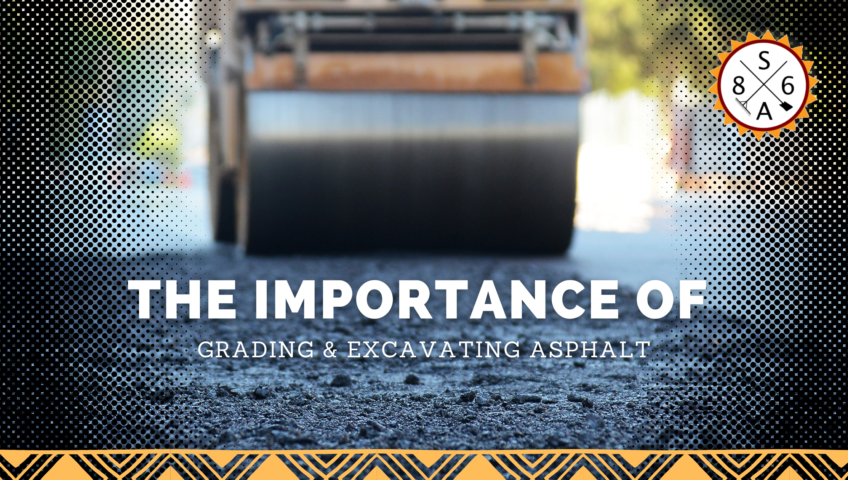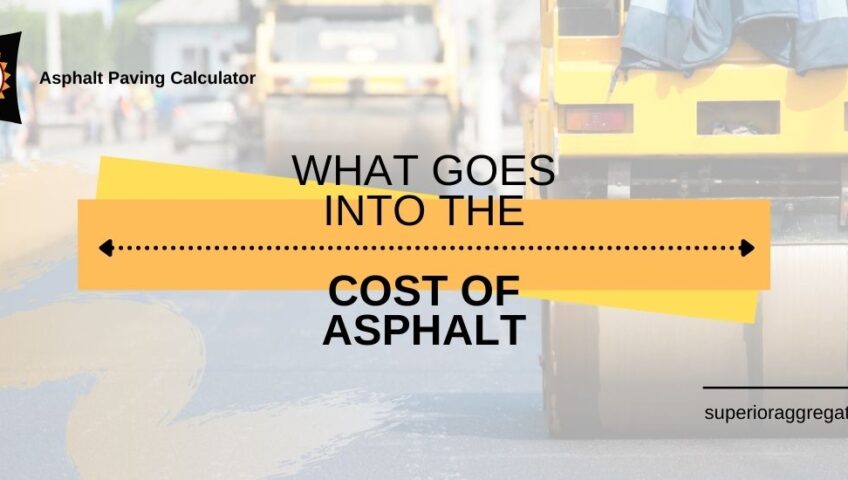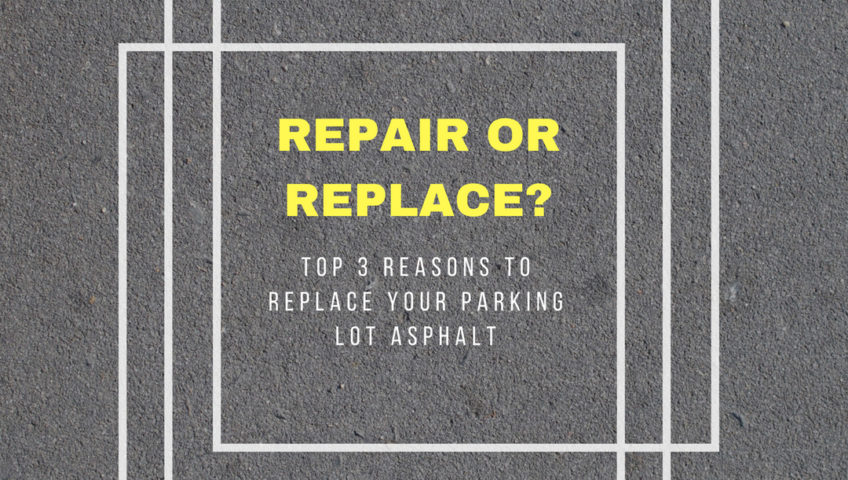
The Importance of Grading & Excavating Asphalt
It is always important to be prepared to learn something new, and when matters related to asphalt installation are concerned, there are a few things that many asphalt contractors, commercial property owners, homeowners, asphalt companies and even municipality employees may need to learn.
This article will give an easy and clear step-by-step overview of what a good quality asphalt installation requires.
Step 1: Demolition and Removal
The first thing you need to do is remove the existing surface, whether it’s concrete, asphalt or pavers.
- For the required efficiency, demolition is done using heavy machinery that includes forklifts, front loaders, bobcats and large dump trucks when necessary.
- The debris is then removed to make the place fresh for a new immaculate installation.
Step 2: Grading and Sloping
Technology plays an integral role in helping you get the perfect surface for the most appropriate water drainage.
- Using automatic motor graders and laser-guided transits, ensure that you grade the surface you want paved to see to it that water will run off properly without creating unnecessary swamps.
- When you get good water drainage for your asphalt, you will prevent future damage that includes cracks, water potholes and heaving. It will also add a lot of aesthetic appeal to your space.
Step 3: Prepare the Sub Base
The most integral part of your asphalt surface is the sub-base for the following reasons:
- It provides a stable environment for maximum support of the new pavement.
- It is a frost barrier and plays an integral role in reducing water damage because of thawing and freezing during winter.
- The base stability, thickness, and compaction are very important steps when installing. If one thing goes wrong and the base is not properly compacted, the asphalt surface will not produce maximum durability.
Step 4: Undercutting, Sub Base Repair and Proof Roll
When the sub is well compacted and graded, you need to provide the next step, called the proof roll, to ensure that the underlying surface base is strong enough and ready to offer solid support to the new asphalt.
- You can drive a heavily loaded quad axle dump truck row by row over the whole surface for the best results.
- If the gravel happens to flex more than an inch under the truck’s weight, it means the base is not so well supported.
Step 5: Binder and Surface Course
Once you lay the sub, identify any soft areas and repair them, you can add the binder.
- The binder is a large aggregate usually mixed with oil and, therefore, very durable and strong.
- The binder layer is the ultimate strength of any asphalt surface.
Step 6: Install New Asphalt Surface
When you lay all the supportive structures of your new asphalt surface, you can add the top asphalt layer.
- Surface asphalt is usually made of sand, oil and small aggregate.
- The material combination provides a smooth and shiny surface when applied properly.
Step 7: Butt Transition and Joints
It is unusual to install an asphalt surface that does not connect to parking lots, existing driveways and busy parking lots. It is, therefore, important to do the following:
- Give maximum attention to the butt joints and ensure that old asphalt and new asphalt are compacted.
- Ensure that the area has proper water-run off.
Final Roll
Once the asphalt and the butt joints have been well laid, you can go ahead and make sure that the entire surface is compacted and smoothened by using a roller truck. This process ensures no small bumps and stones left poking through the new surface.
It is always important to be prepared to learn something new, and when matters related to asphalt installation are concerned, there are a few things that many asphalt contractors, commercial property owners, homeowners, asphalt companies and even municipality employees may need to learn.
This article will give an easy and clear step-by-step overview of what a good quality asphalt installation requires.
Step 1: Demolition and Removal
The first thing you need to do is remove the existing surface, whether it’s concrete, asphalt or pavers.
- For the required efficiency, demolition is done using heavy machinery that includes forklifts, front loaders, bobcats and large dump trucks when necessary.
- The debris is then removed to make the place fresh for a new immaculate installation.
Step 2: Grading and Sloping
Technology plays an integral role in helping you get the perfect surface for the most appropriate water drainage.
- Using automatic motor graders and laser-guided transits, ensure that you grade the surface you want paved to see to it that water will run off properly without creating unnecessary swamps.
- When you get good water drainage for your asphalt, you will prevent future damage that includes cracks, water potholes and heaving. It will also add a lot of aesthetic appeal to your space.
Step 3: Prepare the Sub Base
The most integral part of your asphalt surface is the sub-base for the following reasons:
- It provides a stable environment for maximum support of the new pavement.
- It is a frost barrier and plays an integral role in reducing water damage because of thawing and freezing during winter.
- The base stability, thickness, and compaction are very important steps when installing. If one thing goes wrong and the base is not properly compacted, the asphalt surface will not produce maximum durability.
Step 4: Undercutting, Sub Base Repair and Proof Roll
When the sub is well compacted and graded, you need to provide the next step, called the proof roll, to ensure that the underlying surface base is strong enough and ready to offer solid support to the new asphalt.
- You can drive a heavily loaded quad axle dump truck row by row over the whole surface for the best results.
- If the gravel happens to flex more than an inch under the truck’s weight, it means the base is not so well supported.
Step 5: Binder and Surface Course
Once you lay the sub, identify any soft areas and repair them, you can add the binder.
- The binder is a large aggregate usually mixed with oil and, therefore, very durable and strong.
- The binder layer is the ultimate strength of any asphalt surface.
Step 6: Install New Asphalt Surface
When you lay all the supportive structures of your new asphalt surface, you can add the top asphalt layer.
- Surface asphalt is usually made of sand, oil and small aggregate.
- The material combination provides a smooth and shiny surface when applied properly.
Step 7: Butt Transition and Joints
It is unusual to install an asphalt surface that does not connect to parking lots, existing driveways and busy parking lots. It is, therefore, important to do the following:
- Give maximum attention to the butt joints and ensure that old asphalt and new asphalt are compacted.
- Ensure that the area has proper water-run off.
Final Roll
Once the asphalt and the butt joints have been well laid, you can go ahead and make sure that the entire surface is compacted and smoothened by using a roller truck. This process ensures no small bumps and stones left poking through the new surface.


